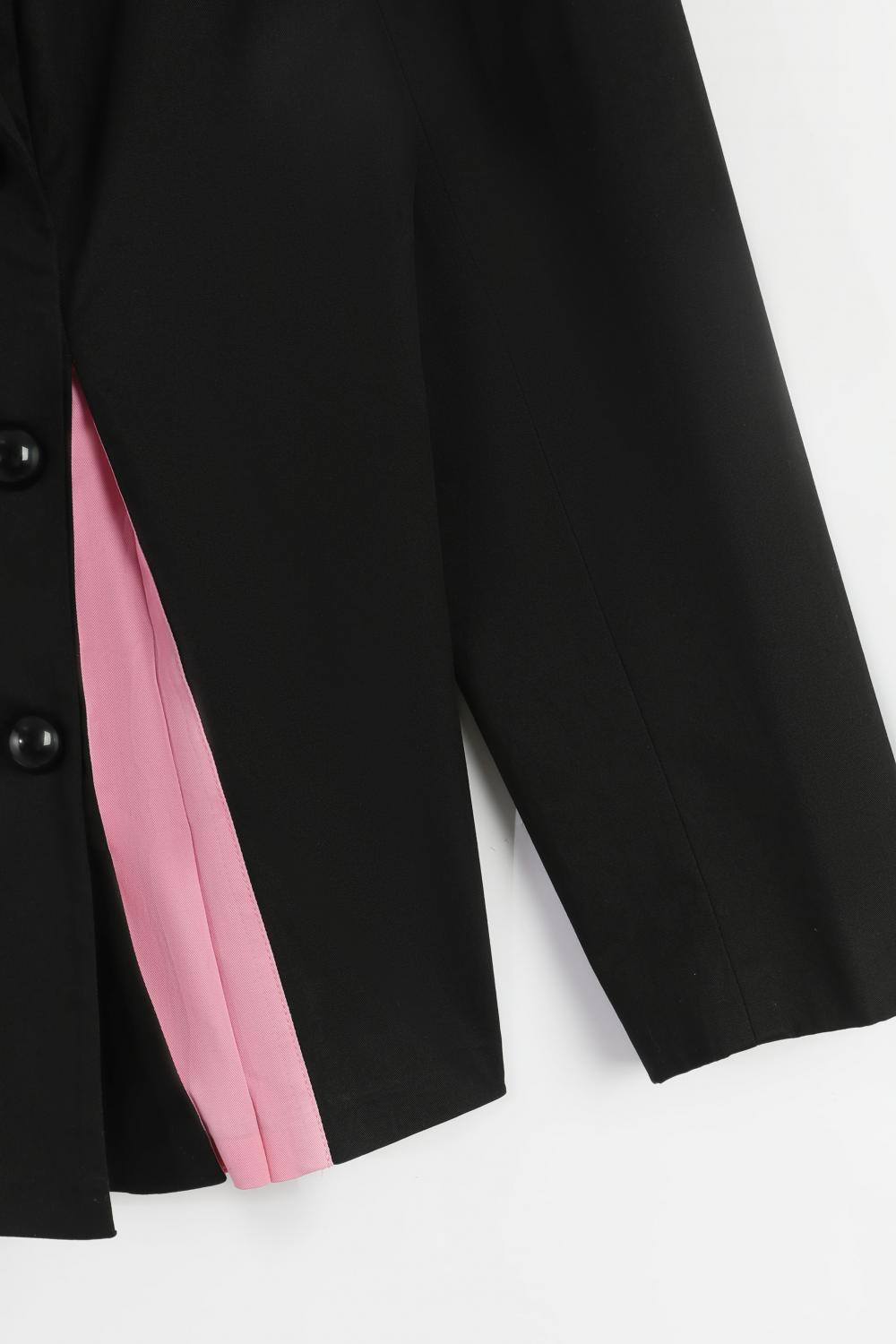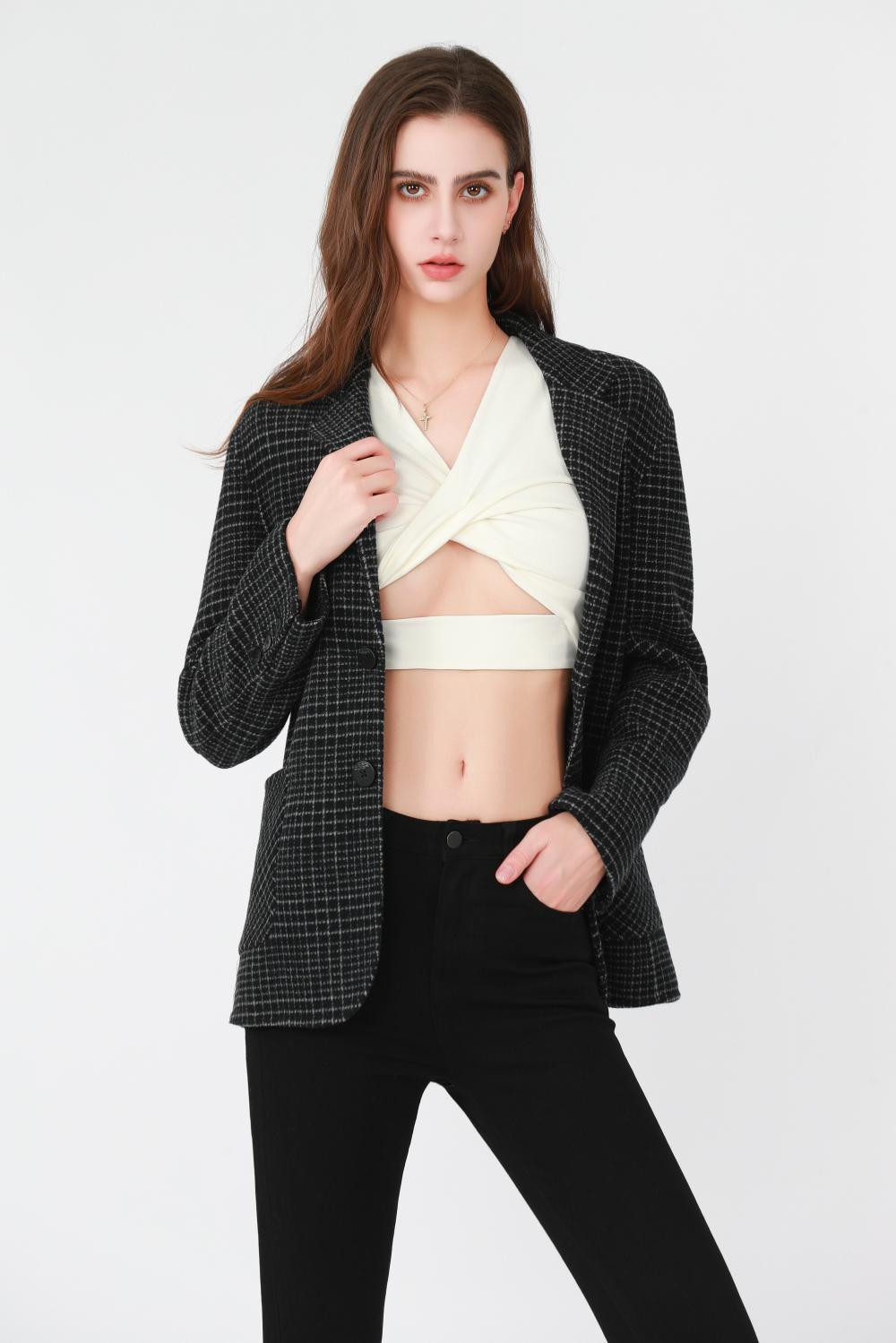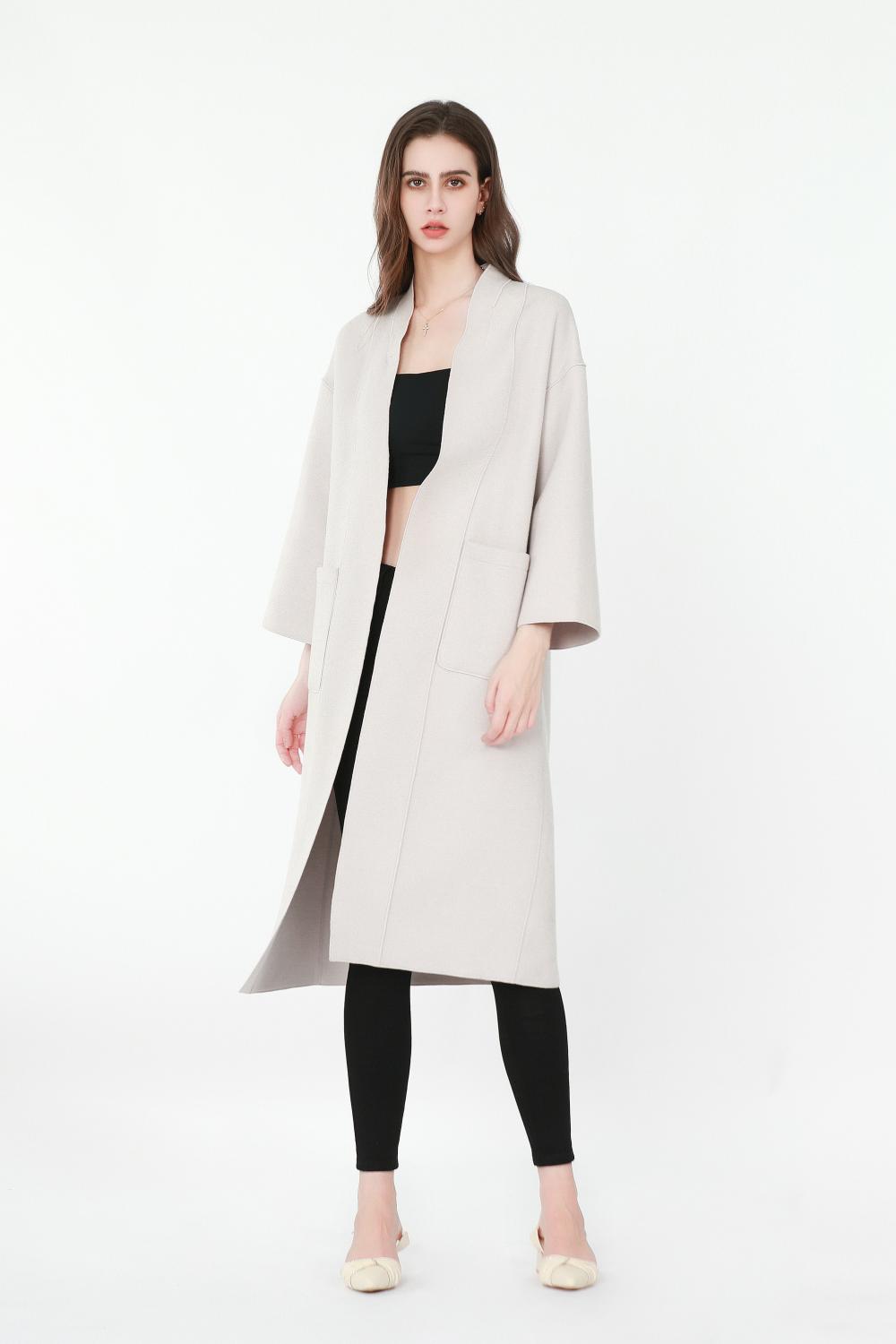From cockpit filters and seat covers to trunk linings, acoustic blankets and carpet fabrics, nonwovens play an important role in the automotive market. In China, according to the current annual output of 700,000 cars, the demand for non-woven acoustic felts will reach 2.45 million square meters per year. In the 2000-2005 China Textile Industry Science and Technology Development Project Guide, there are 15 projects related to the nonwoven fabric and industrial textile industry. Among them, the research content of “indoor materials research and product development for cars†includes knitting. Interior materials, flame retardant, antistatic car woven decorative velvet materials, fiber-based composite materials for structural interiors. The goal is to replace the import, to match the decorative fabric of the car, meet the requirements of luxury, comfort and safety, and its flame retardant performance and antistatic performance have reached the domestic leading level.
It has been used in automotive parts since more than 40 years ago. Non-woven fabrics can be used for sound insulation, air filtration, heat insulation, reinforcement and to improve the comfort and reliability of passengers. In addition to these advantages, non-woven fabrics are considered economical materials by many automobile companies because of their high strength and durability. As the use of non-woven fabrics in automobiles continues to grow, competition among coil producers participating in this market is also intensifying, and research and development work in this area is also intensifying.
Klaus Troeger, Sales Manager at Schwarzenbach/Saale, Automotive Division, Sandler, Germany, said, “In recent years, the requirements of automakers have promoted the development of specialty nonwovens.†“These products are continuously improved and improved. Newly developed processes and materials. It has paved the way for the industrial nonwovens to continue to break through in areas that have traditionally been occupied by textiles." Consumers' requirements for automotive nonwovens are primarily low-cost, highly efficient filtration and sound absorbing materials.
As new automotive nonwovens continue to be introduced, automakers are investigating the replacement of more expensive materials such as leather seats with these products. Often not noticed by drivers or passengers, the non-woven fabric is hidden under the seat or carpet or sewn together with other fabrics to increase strength and durability. Mr. Edward Merchlinsky, general manager of acupuncture fabric supplier Amoco Fabrics and Fibers Industrial Fabrics, believes that acupuncture fabrics are ideal for replacing leather as a seat because they are more economical and easy to handle during handling, sticking and sewing. Suitable for sewing.
Non-woven fabrics become stronger
The environmentally friendly nature of the nonwovens allows them to be used in cars instead of foam products. According to Mr. Dan Kamat, vice president of Precision Custom Coatings, automakers are increasingly aware of the environmental advantages of nonwovens compared to other materials.
This can be seen in the growth of the PCC needle-punched and thermally bonded nonwovens business, which are used in engine hood linings, roof sheds, instrument panels and other small sound and heat insulation interiors. more.
Automakers want to stop using non-recyclable foams, and nonwovens manufacturers have developed materials that can replace foam and can be recycled. In addition, they are also very strongly combined with glass fiber and recycled materials. When stretched, the color is uniform, without wrinkles and tears.
Germany's eswegee Vliesstoffe, which specializes in chemical bonding, mechanical consolidation and thermal bonding of automotive nonwovens, also feels the tendency of non-woven fabrics to replace textiles. New stitching products have been developed for automotive interiors, such as Roof or glove box. Other environmentally friendly stitchbonded fabrics have also been developed to replace the foam in composite materials for seats.
Eswegee's composite nonwovens are produced by hot melt lamination and can be effectively used to replace the more traditional flame bonded woven fabric-foam sandwich materials and are fully recyclable. The company's Multiknit and Kunit nonwovens from the Techtex stitching line in Mittweida can replace foams up to 8mm thick.
The composite material can produce a multiaxial nonwoven fabric having a basis weight of from 200 to 2,800 by using a combination of glass fibers, carbon fibers, and aromatic fibers, and the above fibers.
Although nonwovens give cars a lot of advantages and quickly replace traditional fabrics, the needs of car manufacturers and consumers fundamentally determine the style and size of the most popular cars. Naturally, the number and variety of cars sold in a year will have a major impact on nonwovens producers. Mr. Merchlinsky of Amoco believes that the trend of car styles, sizes and materials can be changed very quickly, and the time period can be measured in months.
If any car manufacturer likes a bucket seat. This demand will spread rapidly in the automotive industry chain, making the competition in this market very fierce, so manufacturers must be able to respond to this change anytime, anywhere, and provide the right products.
The shortened product development cycle places new demands on companies, increasing their investment in product development and increasing interaction with OEM manufacturers.
In order to provide a more efficient filter, Kureha chose the ideal combination of synthetic fibers and bonding materials such as water-soluble resins to design a thermal bonded nonwoven fabric for vehicles. Used in applications such as engine filters. This type of filter material can be shaped according to a specific filter. Colbond also offers a thermally bonded nonwoven Colback for cab filters. Colback is used as a support medium for cab filters and as a backing material for car carpets and felts. Colback uses a two-component filament made of polyester core and nylon polyamide. It has good thermal stability and mechanical stability. Its polyamide skin can be used as a bonding layer, which is very compatible with various dyes and coatings. Good affinity.
The main advantage of Colback as a carpet is that it can be preformed and bonded to the pile for excellent wear resistance. When used as a support medium in the filter, it has high toughness, gas permeability and homogeneity. Cost is the main driving force for the growth of non-woven fabrics in the automotive market, but it has also become a major obstacle for non-woven fabric manufacturers. Because of the global economic downturn in the past few years, OEMs have put tremendous pressure on first- and second-tier auto suppliers. It affects participants throughout the supply chain, including coil producers, as they are also struggling with high-priced raw materials.
Mr. Verbakel of Colbond said that sometimes too much attention to the cost of individual components led to neglect of the overall cost or quality of the final product. We noticed that the latecomers in the automotive manufacturing market showed a tendency to believe that high yields could be used. Meet the need for excess capacity in their cashing line. This is a bad thing for everyone, not only because of the high price pressure, but also the logistics and quality requirements. The cost per stagnation of the original equipment line is thousands of dollars, and it is impossible to compensate for these high risks, whether it is coil producers selling small profits or car manufacturers buying these materials at below-market prices.
Another trend that Mr. Verbakel noticed was the online car auction, which was once considered to be a long-term research process, and has now become an online quotation and gambling game.
envirnmental factor
In addition to price factors, nonwovens suppliers are working hard to produce products that meet the automotive recycling regulations that will be in force in Europe in 2006. It requires 1% of the car to be recycled, opening up many opportunities for recyclable nonwovens. door.
The recycling of cars is more important in Europe than in the United States, mainly due to the upcoming law in Europe. But global nonwovens manufacturers still assure customers that their products are recyclable. North America is also interested in recycling, but because it is not mandatory, it is not as important or demanding as Europe. Coil producers in Europe who are involved in the automotive industry are implementing new quality management systems to address these regulations.
For example, eswegee implements a new quality management system that meets DIN EN ISO 9001 quality standards and DIN EN ISO 14001, VDA 6 and EU environmental requirements. In order to standardize the benefits provided to customers, the company's global molecular institutions have implemented this system.
Although some non-woven fabric manufacturers have not fully turned to the production of recyclable automotive products, experts believe that this will be a trend in the next few years. Recyclability is not only beneficial to the car, but the demand for high-fluff, non-adhesive pure polyester nonwovens will increase, while providing a safer nonwoven manufacturing process.
Whether the car manufacturer or the non-woven fabric manufacturer is constantly adjusting to adapt to the changes in the automotive industry, the R&D activities of the two have not shown any signs of slowing down.
In the next few years, the most attractive of the automotive nonwovens may be soundproofing materials. Sandler has launched the Sawasorb Plus and Sawaform products. The former is made of pure polyester material with low weight and low combustion performance. Future products will be market-oriented, traditional R&D and customized for customers. More complex non-woven fabrics will be used in high-tech fields, so it is necessary to recognize future needs and requirements in advance and combine them in multi-functional fabrics. .
Molding Fiber Technology, Inc. (FFT) is a leading provider of thermoforming, nonwoven system solutions and first-line suppliers for automotive OEMs in North America. Currently, FFT supplies more than 40% of the trunk trim lining to the North American car trunk, and the company is still seeking to continue to expand the market share of this market and other interior components.
In 2003, FFT was acquired by Morgenthaler Partners, which is intended to acquire other fiber solutions providers on a second-generation platform to build a one-stop fiber product and system supplier dominated by the automotive and non-automotive markets. FFT also produces pre-spun dyed polyester fibers produced from 100% industrial and domestic recycled materials for industrial textiles.
In addition, automobiles are also widely used as rubber sheet skeleton reinforcement materials, rubber composites are formed into steel ring sheaths, automotive steering gear connecting rings, sealing strips, and modified rubber are used in fenders and tire repairs. In the pad, and in the floor. It can improve the strength, wear resistance and flexibility of the parts and prolong the service life.
Our coat divides here into three categories: Ladies Down Jacket, Ladies Suit, Ladies Trench Coat.
Ladies down jacket: Goose down
Main materials for women's suits: polyester
Main materials of women's windbreaker: Polyester (polyester fiber)
The wide shoulder pads, sharp cut, and straight fabric of a suit make it known as a "power suit" in the fashion industry.


Figure 1,2 shows our company's suit. The black suit paired with a pink inner sole appears less monotonous overall. Paired with the wrinkles at the bottom of the suit, it is more fashionable and pleasing to the eye.

Figure 3 shows a gray striped suit. Gray itself is relatively low-key, even if there are vertical bars, they cannot be seen in the distance,
In close proximity, it is also very low-key and suitable for many occasions.

The white windbreaker in Figure 4 is a straight tube type windbreaker, with the biggest feature being that it does not retract the waist, and the longitudinal lines are very smooth and fluent, with a certain slimming function. The straight coat has sufficient inclusiveness and is not easily outdated. It can accommodate age, body shape, height, and various forms of internal structure.
Figure 5 shows a women's down jacket: lightweight and featherless, graceful and dancing together with velvet.
This down jacket retains many gaps and has good warmth retention, good resilience, breath-ability, and a fluffy and soft feel.
We have launched the women's and men's fashion market in the United States, and the quality of our products has been greatly affected
Customer recognition and good feedback. If you are interested in our products, please feel free to contact us!
Ladies Coat,Trench Coat Petite Womens,Ladies Black Trench Coat,Lightweight Trench Coat Womens
T&H INTERNATIONAL TRADING LIMITED , https://www.th-shoetrend.com